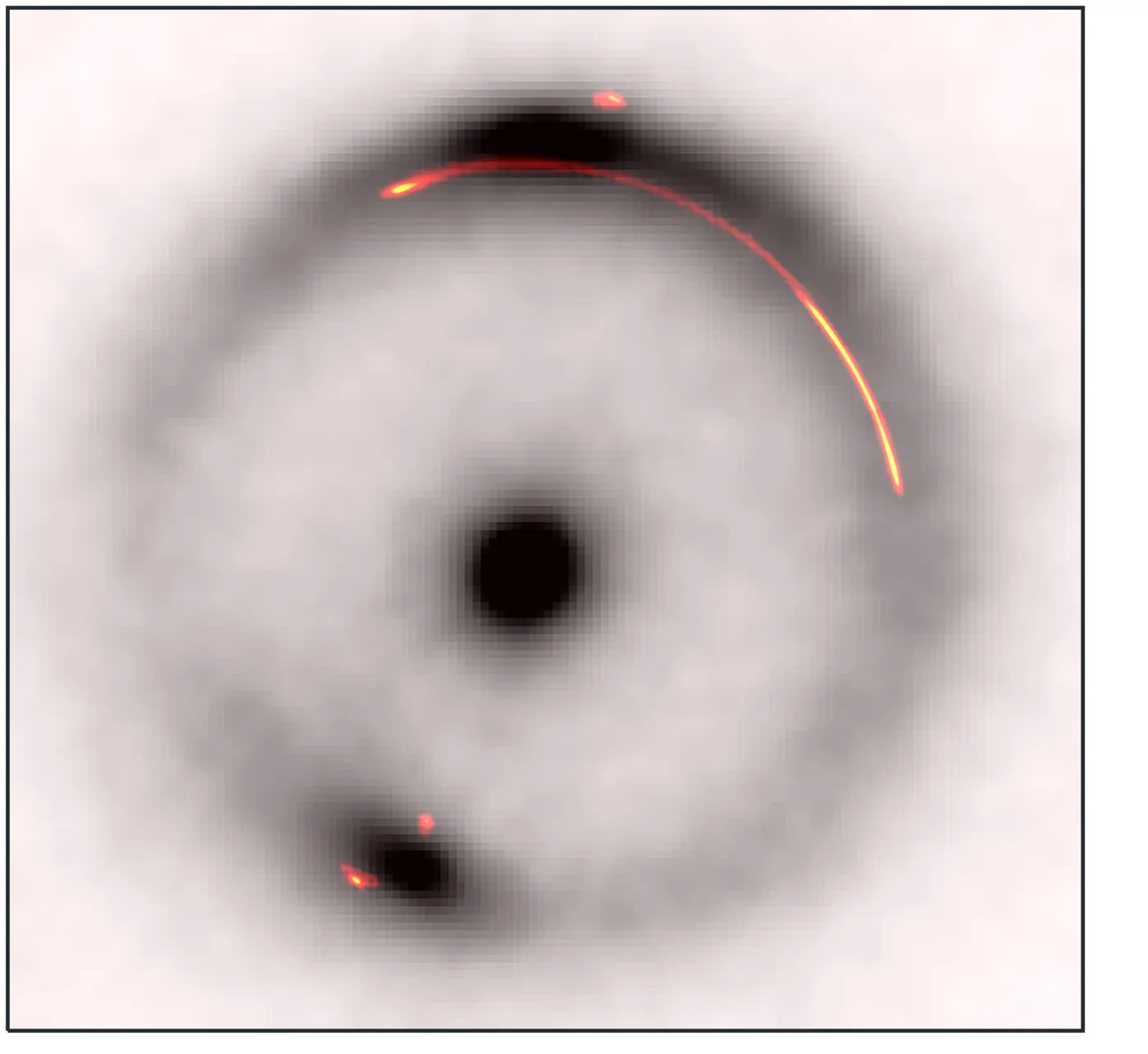Astronomers have made a significant breakthrough in the search for dark matter by detecting the smallest known clump of this elusive substance. An international team led by Dr. Devon Powell at the Max Planck Institute for Astrophysics announced the discovery in March 2023. This dark matter clump, located approximately 10 billion light years from Earth, has a mass equivalent to one million times that of the Sun and offers new insights into the formation of galaxies.
Finding dark matter, which constitutes about 85% of all matter in the universe, poses a unique challenge. It does not emit, absorb, or reflect light, making it invisible to current telescopes and detectors. Its existence is inferred from its gravitational effects on visible matter, such as the rapid rotation of galaxies and the tight clustering of galaxy groups.
Groundbreaking Techniques in Dark Matter Research
To achieve this discovery, the team utilized a global network of radio observatories, effectively creating an Earth-sized telescope. Key facilities included the Green Bank Telescope in West Virginia, USA, the world’s largest fully steerable radio telescope, and various observatories across Europe. This collaboration allowed astronomers to observe a system known as B1938+666, leveraging the phenomenon of gravitational lensing, as predicted by Einstein’s Theory of General Relativity.
Gravitational lensing occurs when massive objects bend spacetime, distorting the path of light from objects behind them. The team identified a distinctive “pinch” in the gravitational arc surrounding B1938+666, a subtle distortion indicative of an additional clump of dark mass. Dr. Powell explained that they used distant galaxies as backlights to detect these gravitational signatures, likening the process to finding an invisible object by observing how it distorts images behind it.
The analysis involved processing vast amounts of data, necessitating the development of new computational methods that could only run on supercomputers. The team employed a technique called gravitational imaging, which allowed them to essentially “photograph” the invisible object through its gravitational influence. This innovative approach revealed the dark object, represented as a “white blob” at the pinch point of the arc, although no light from it has been detected across optical, infrared, or radio wavelengths.
Implications for Our Understanding of the Universe
This landmark discovery supports existing theories regarding the distribution of dark matter. A longstanding debate among astronomers centers on whether dark matter is uniformly distributed or exists in clumps. The identification of this small concentration bolsters the cold dark matter theory, which posits that dark matter consists of slow-moving particles that clump together under gravitational forces in the early universe. These particles, described as “cold,” gradually formed structures, starting as small clumps that merged into larger formations, such as galaxies and galaxy clusters.
The team anticipates that similar dark matter clumps populate every galaxy, including our own Milky Way. With this first successful identification, the next goal is to locate additional clumps and verify if their distribution aligns with theoretical predictions. Should they discover more dark matter concentrations in various regions of the universe, it could lead to a reevaluation of current theories surrounding the fundamental nature of dark matter.
As researchers continue their quest, the discovery of this small dark matter clump marks a promising step forward in unraveling the mysteries of the universe, providing a clearer picture of the forces that shape our cosmic landscape.







































































